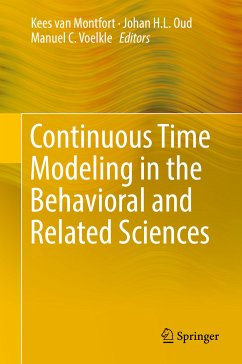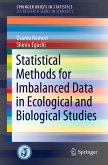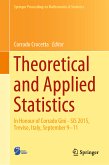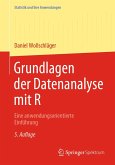This unique book provides an overview of continuous time modeling in the behavioral and related sciences. It argues that the use of discrete time models for processes that are in fact evolving in continuous time produces problems that make their application in practice highly questionable. One main issue is the dependence of discrete time parameter estimates on the chosen time interval, which leads to incomparability of results across different observation intervals. Continuous time modeling by means of differential equations offers a powerful approach for studying dynamic phenomena, yet the use of this approach in the behavioral and related sciences such as psychology, sociology, economics and medicine, is still rare. This is unfortunate, because in these fields often only a few discrete time (sampled) observations are available for analysis (e.g., daily, weekly, yearly, etc.). However, as emphasized by Rex Bergstrom, the pioneer of continuous-time modeling in econometrics, neither human beings nor the economy cease to exist in between observations.
In 16 chapters, the book addresses a vast range of topics in continuous time modeling, from approaches that closely mimic traditional linear discrete time models to highly nonlinear state space modeling techniques. Each chapter describes the type of research questions and data that the approach is most suitable for, provides detailed statistical explanations of the models, and includes one or more applied examples. To allow readers to implement the various techniques directly, accompanying computer code is made available online. The book is intended as a reference work for students and scientists working with longitudinal data who have a Master's- or early PhD-level knowledge of statistics.
Dieser Download kann aus rechtlichen Gründen nur mit Rechnungsadresse in A, B, BG, CY, CZ, D, DK, EW, E, FIN, F, GR, HR, H, IRL, I, LT, L, LR, M, NL, PL, P, R, S, SLO, SK ausgeliefert werden.
Hinweis: Dieser Artikel kann nur an eine deutsche Lieferadresse ausgeliefert werden.









